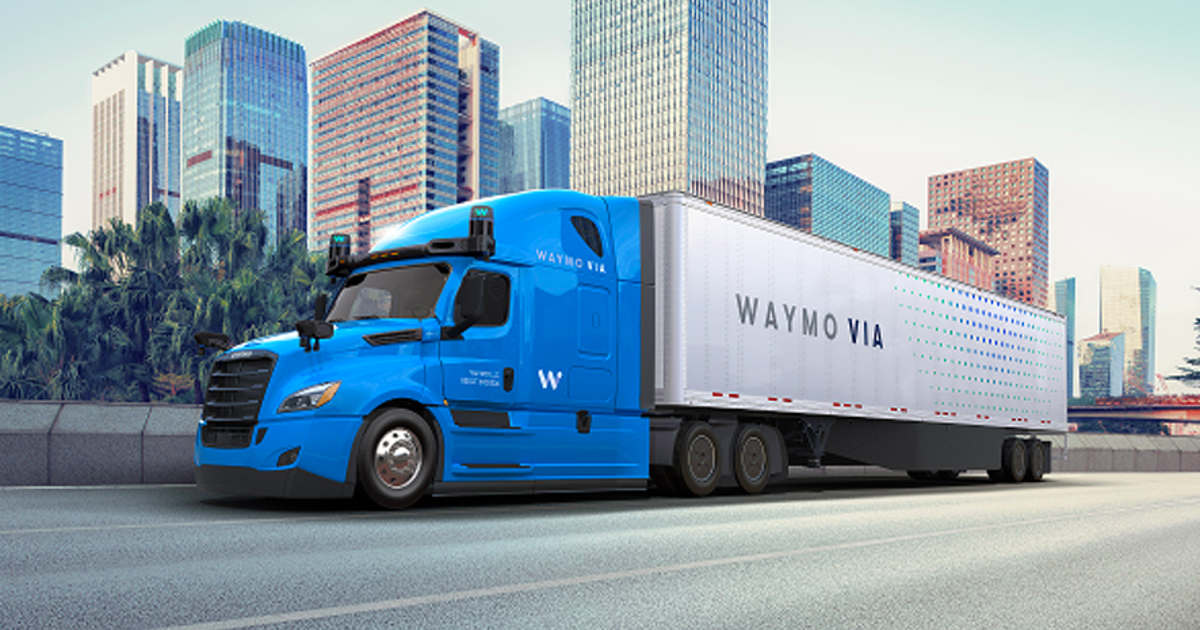
When big rigs pull to a highway shoulder, their drivers are required by federal regulations to place three reflective triangles behind the vehicle within 10 minutes of stopping.
In a self-driving world, there’s nobody around to perform that task.
That’s a problem for companies that intend to deploy driverless trucks, but self-driving tech firms Aurora and Waymo may have an answer.
The two companies are seeking a five-year exemption from Federal Motor Carrier Safety Administration regulations that address the required placement of warning devices.
Their exemption request will be made public Friday when the administration, which provides safety oversight of commercial motor vehicles, is expected to publish it in the Federal Register. A copy of the application was available online Thursday night.
Instead of triangles or flares at night, Waymo and Aurora have requested their partner motor carriers be allowed to equip truck cabs with flashing warning beacons that would be activated when a truck stops along the side of the road.
The beacons would be mounted at a height above the upper edge of sideview mirrors, according to the exemption request.
While some companies have experimented with a digital replica of the orange triangle affixed to the rear of trailers, such an arrangement would not be practical because trailers are frequently exchanged between carriers, a Waymo spokesperson said Thursday.
This marks the first time two self-driving technology companies have jointly sought an exemption from administration rules.
As they’ve looked to deploy self-driving vehicles on public roads, other autonomous vehicle companies such as Nuro and Cruise have sought exemptions from Federal Motor Vehicle Safety Standards to use vehicles that have no traditional controls, such as steering wheels or brake pedals.
Nuro received the first such exemption in February 2020; Cruise is still awaiting an answer from NHTSA, which governs safety standards exemption requests.
Once the Aurora and Waymo exemption request is published, other stakeholders and members of the public have 30 days to comment.
For a chance at approval, the companies must demonstrate their proposed beacons achieve a safety level that’s equivalent to or greater than safety levels reached by conventional vehicles already on the road, according to the motor carrier administration.
Waymo and Aurora said separate studies showed flashing lights were more effective at alerting approaching motorists to hazards such as a truck pulled to the side of the road, according to their exemption request.
There’s no immediate timetable for a decision, but timing could affect how Aurora proceeds with a planned commercial, self-driving launch, which is expected by the end of 2024.
It is unclear how the company might meet the requirements should it not receive an answer before the start of the commercial service.
Waymo has not stated a timeline for launching self-driving trucks. The company has said it is first focusing on its robotaxi business. Waymo said its internal timeline for trucks had been “slightly” delayed following January layoffs.
Aurora, on the other hand, has prioritized a commercial trucking launch, with robotaxis to follow later.